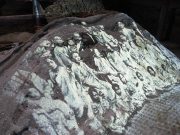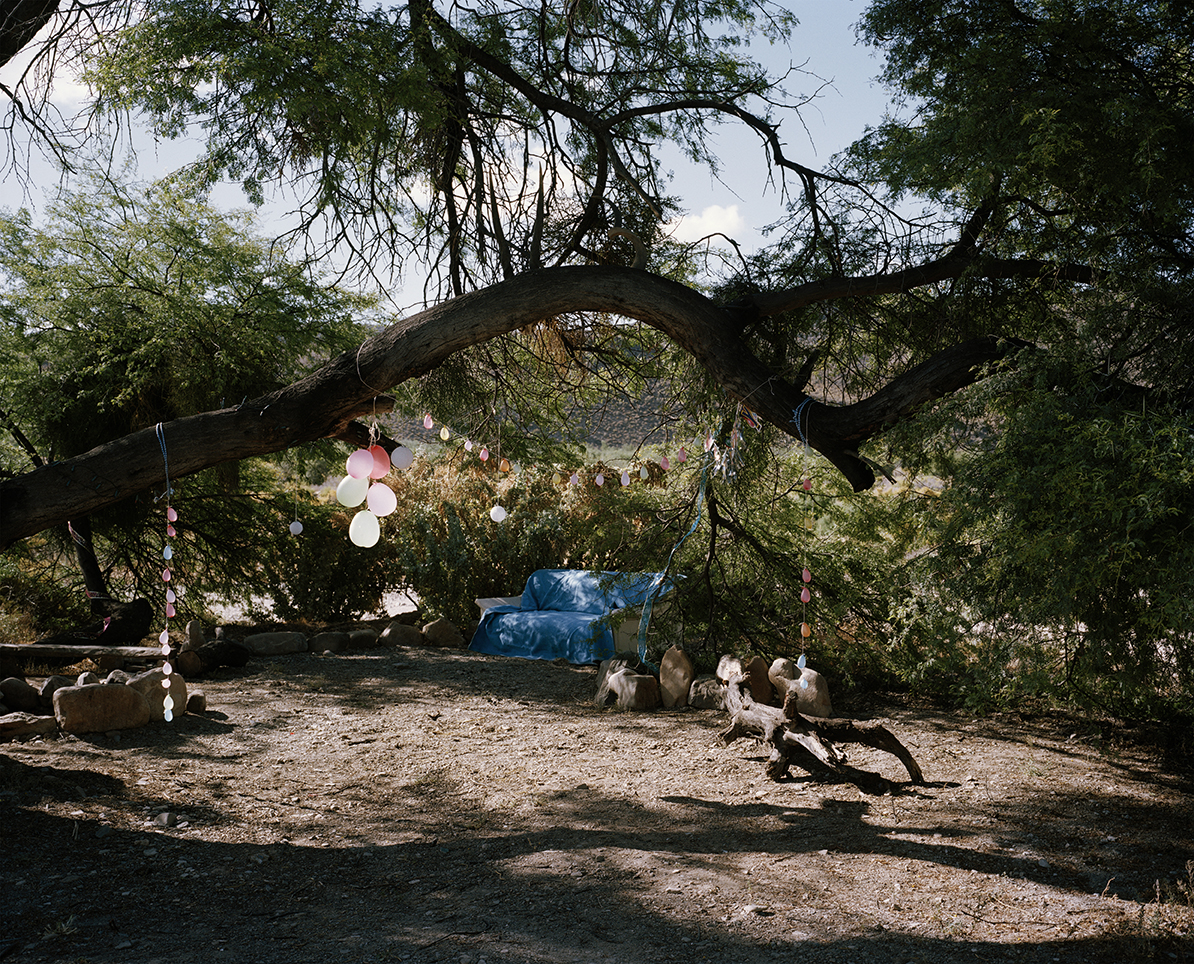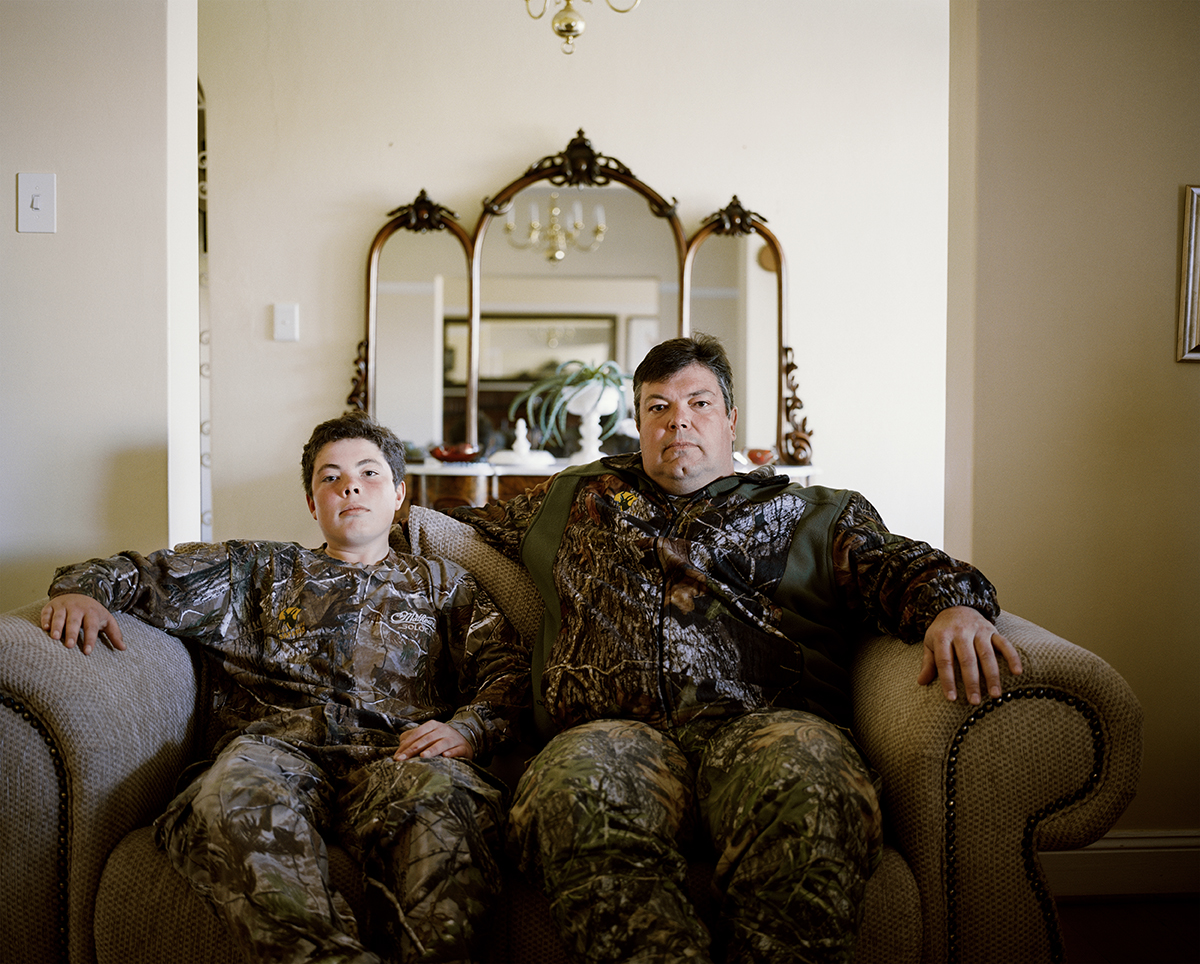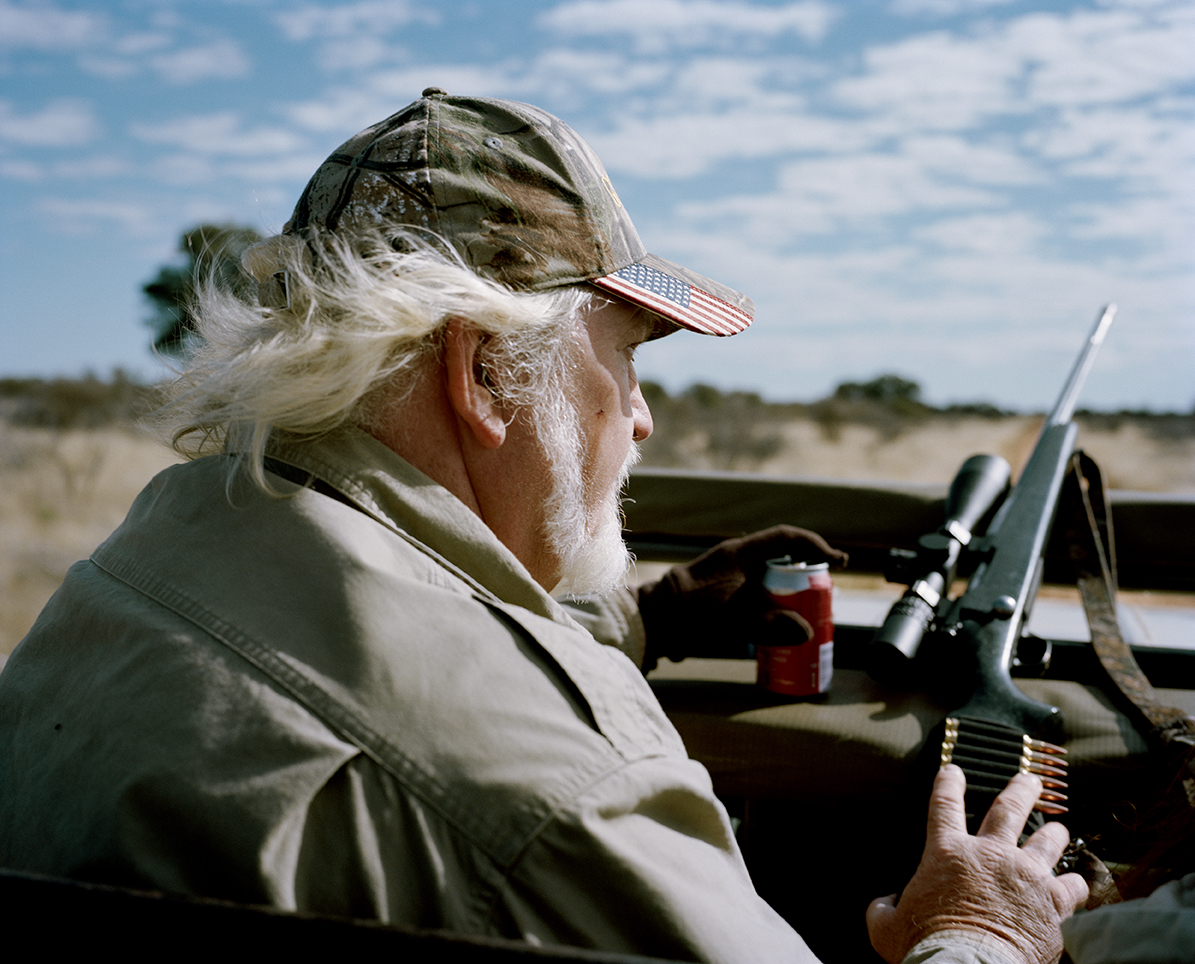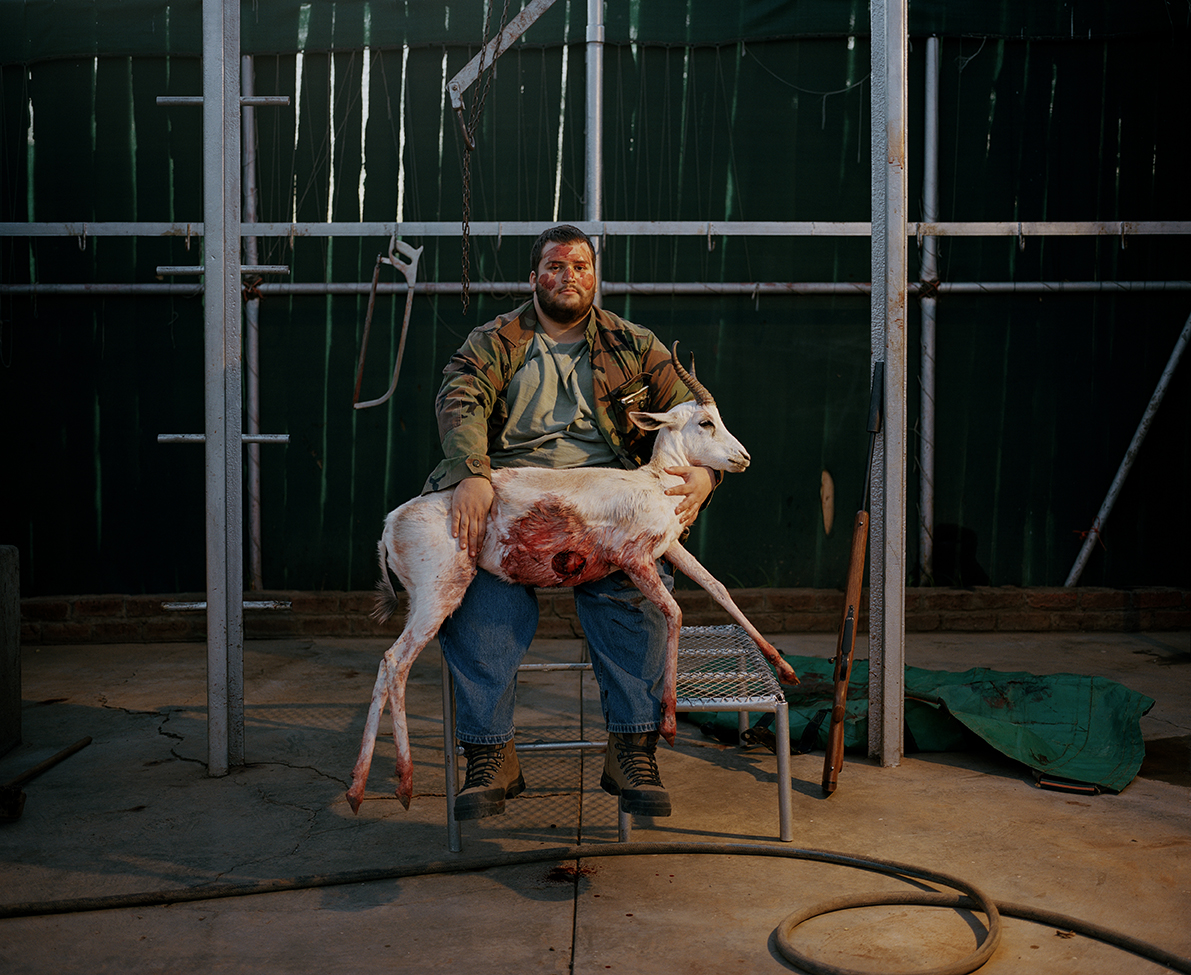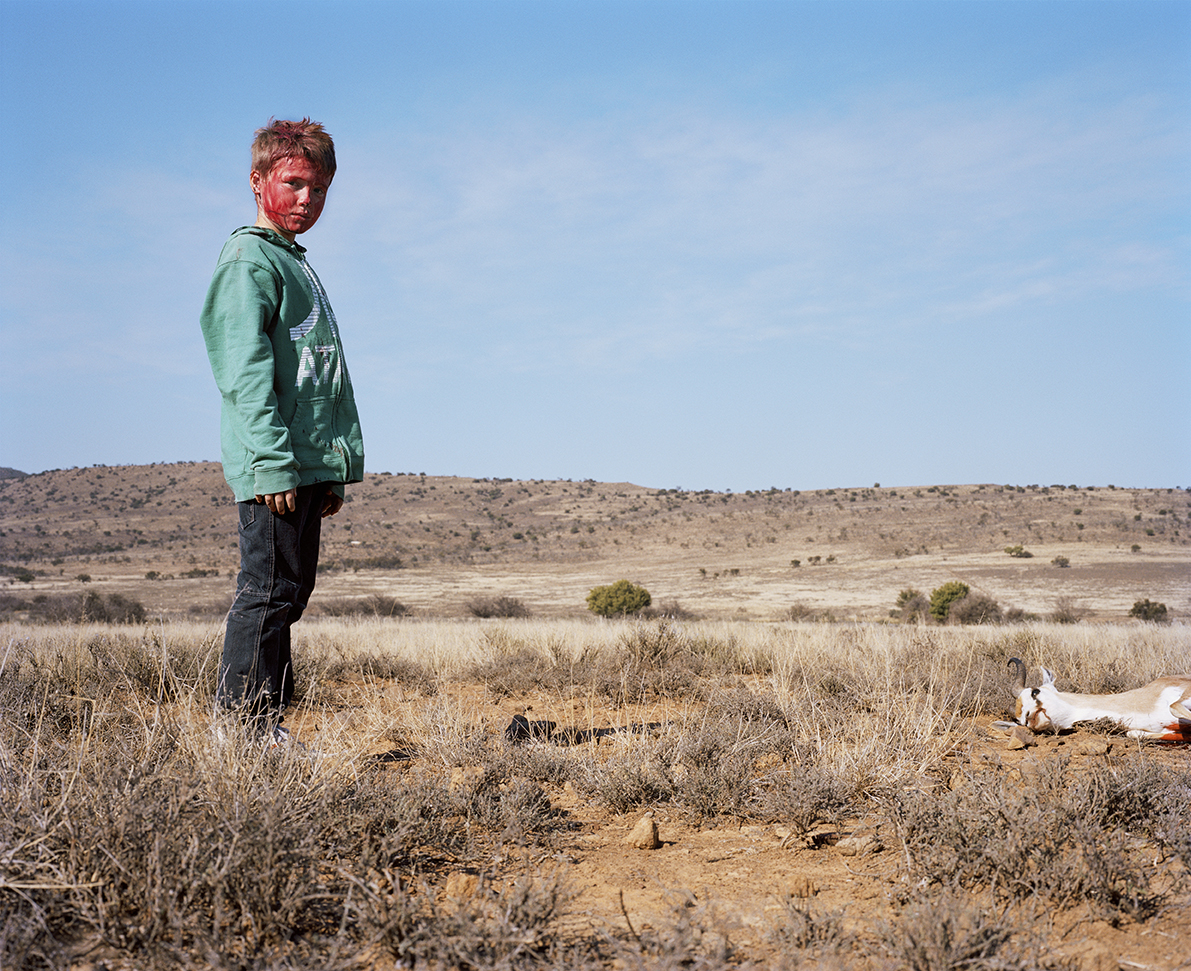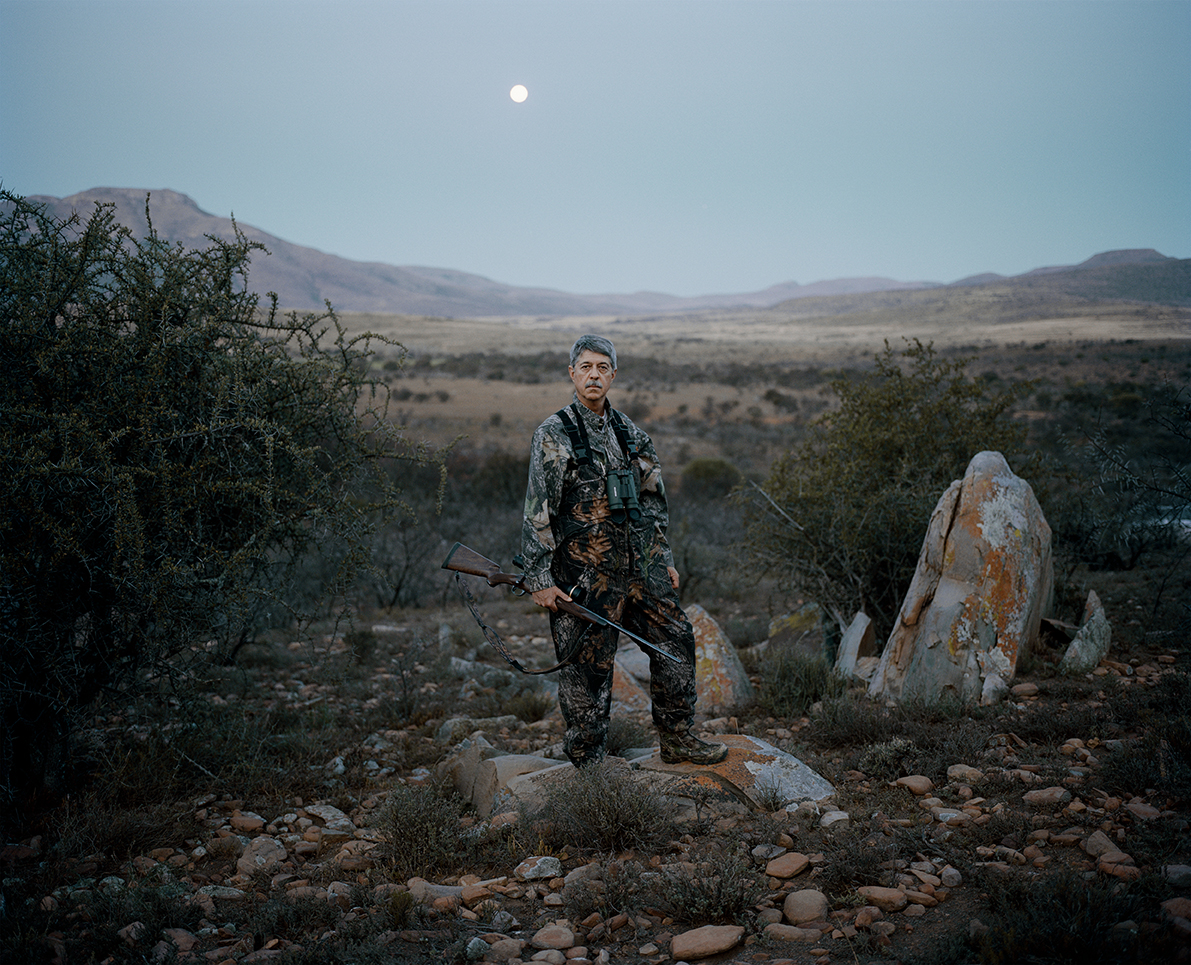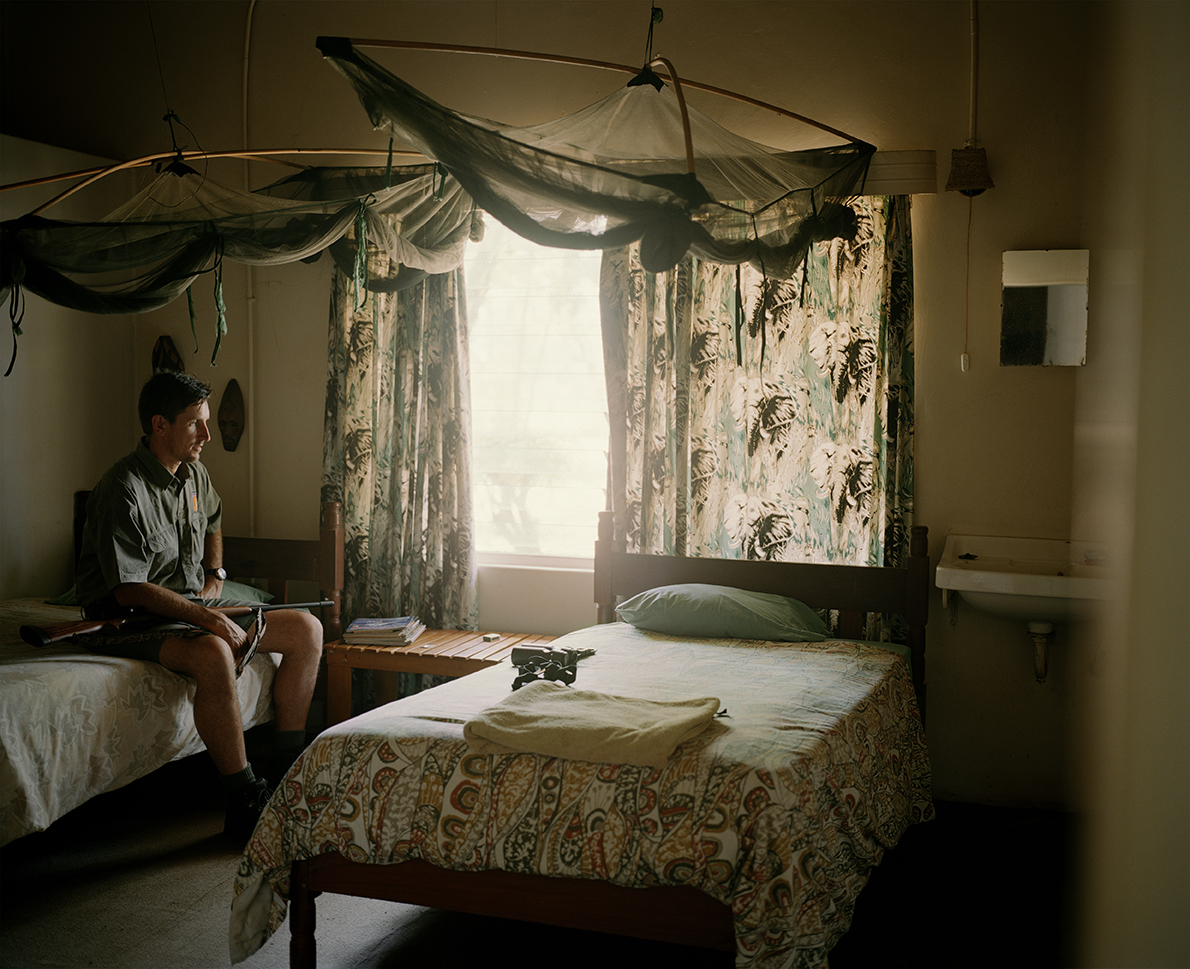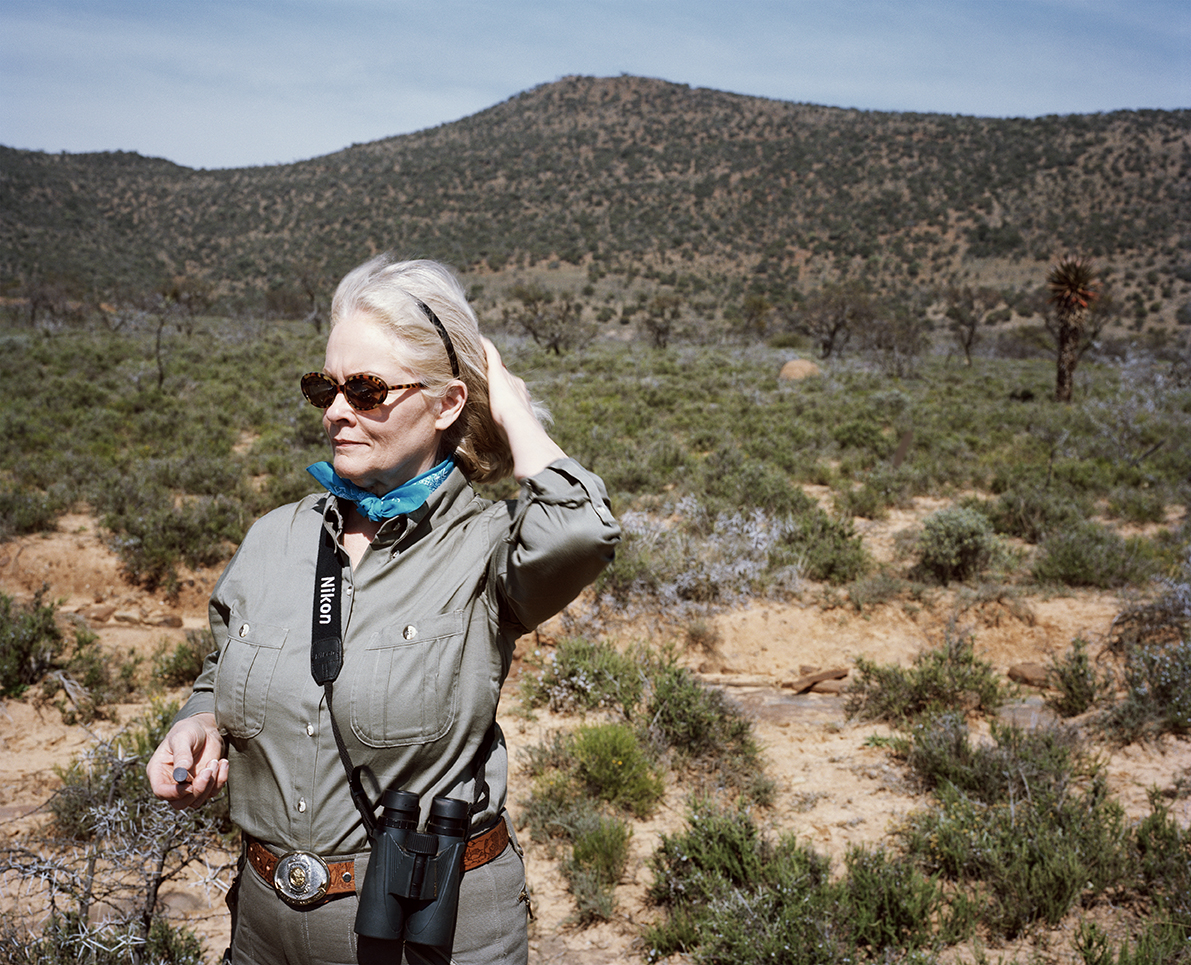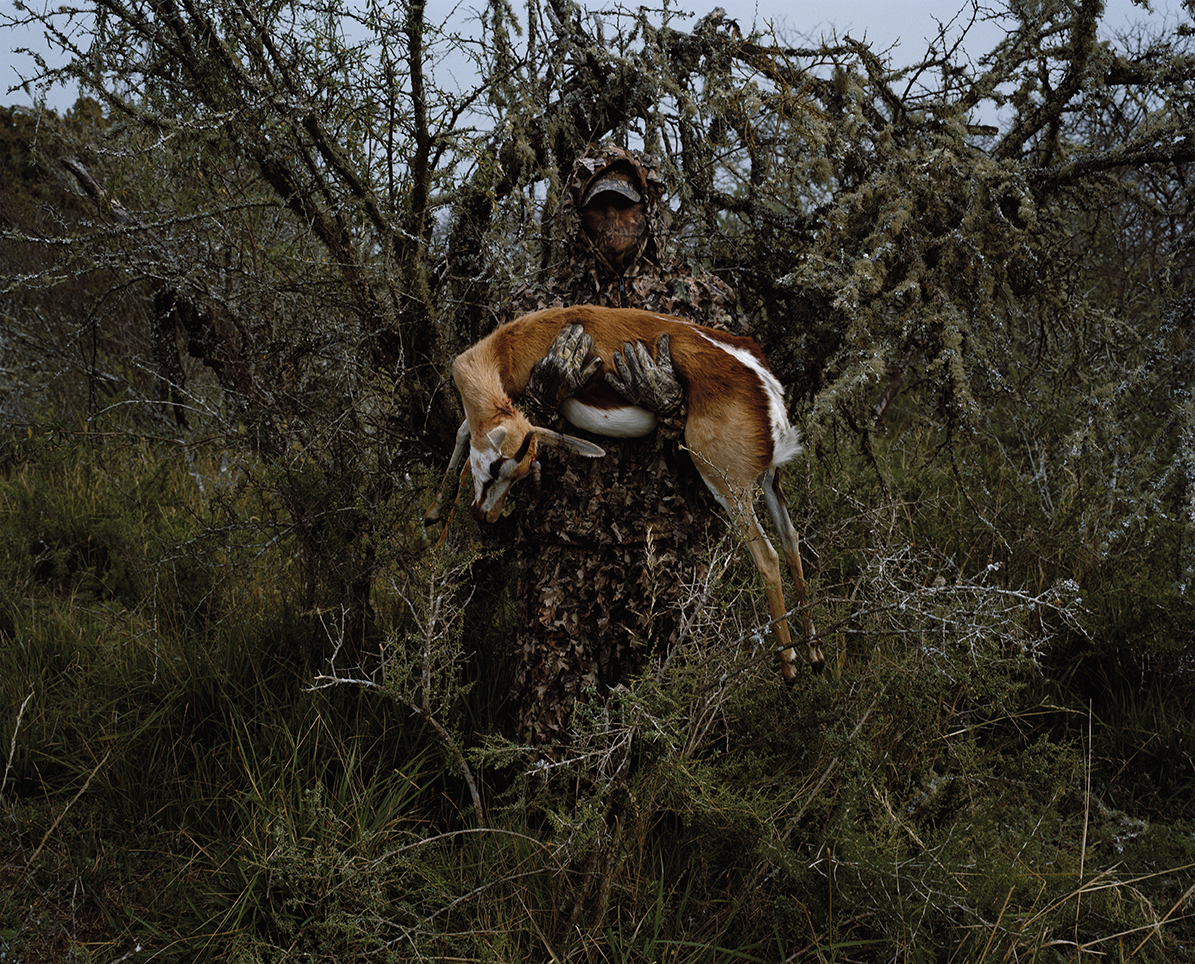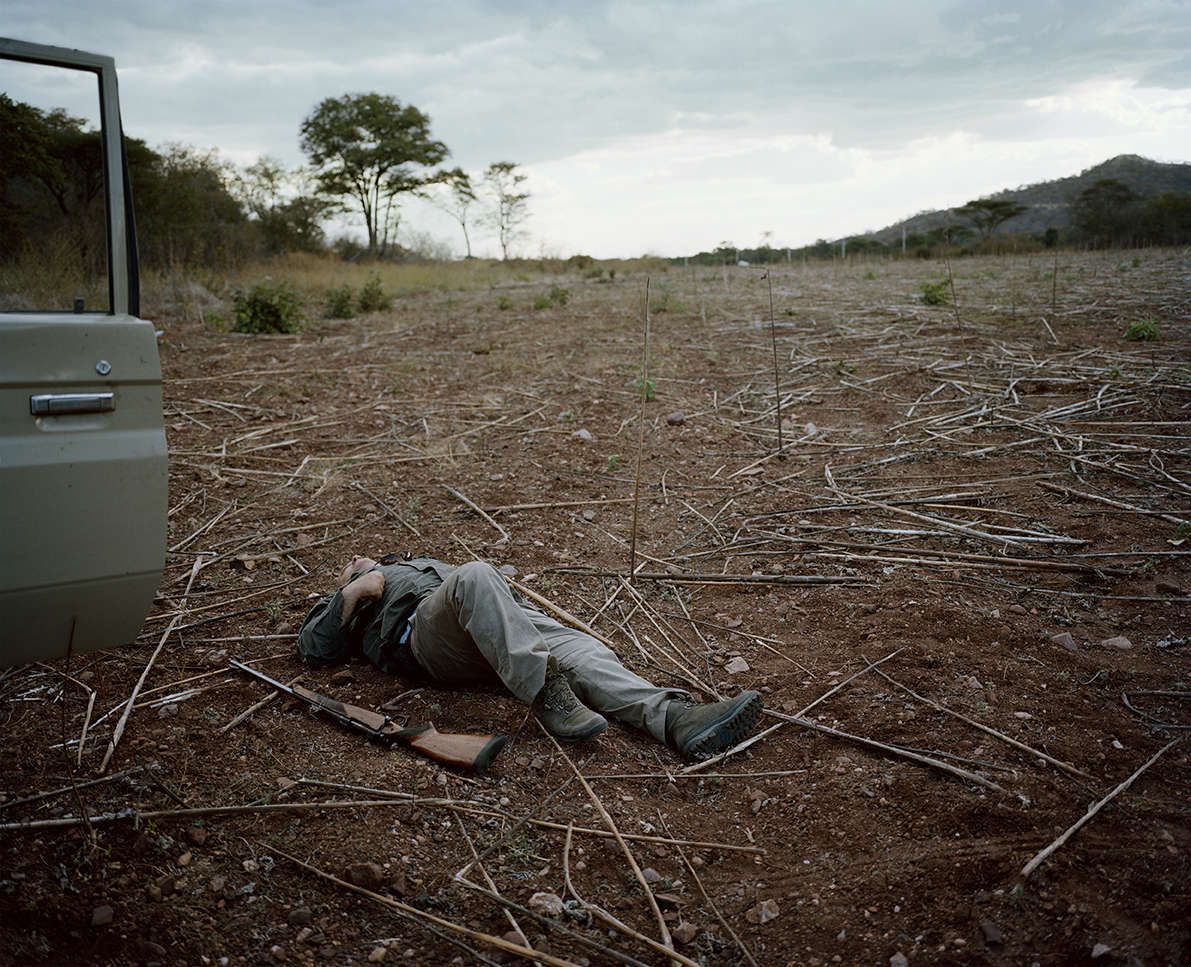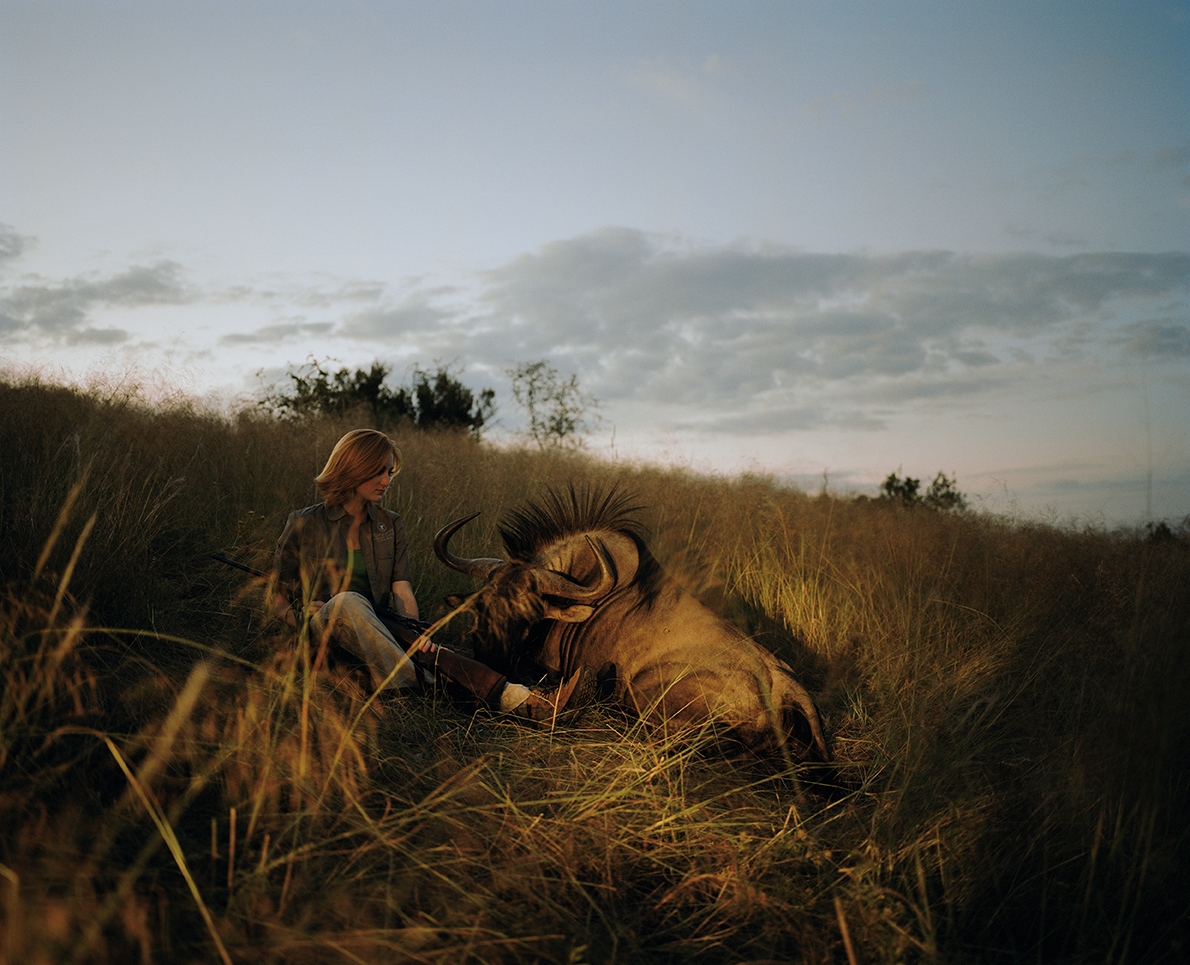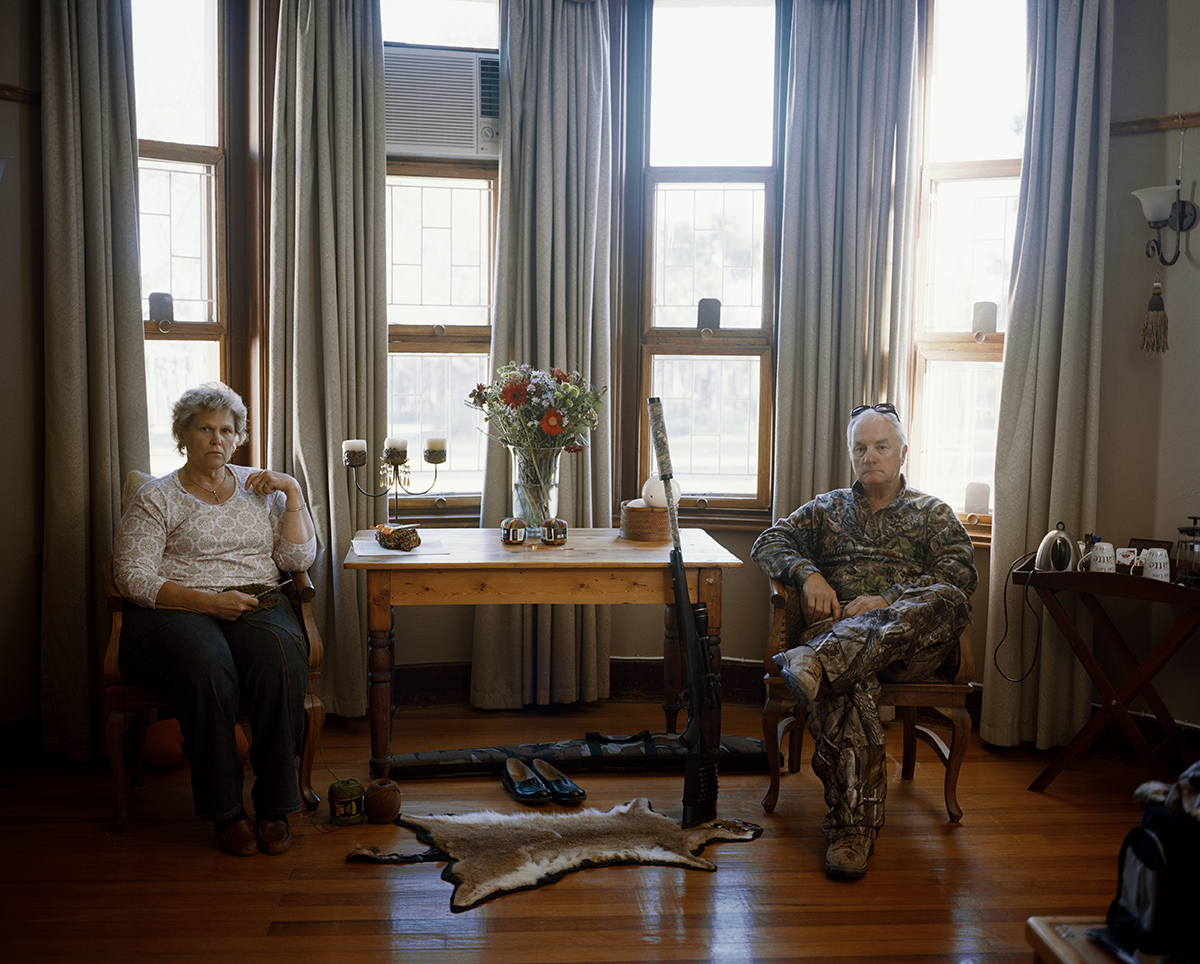David Chancellor est un photographe documentaire basé en Afrique du Sud. Sa série Hunters est une recherche sur la relation entre l’homme et l’animal.
English version below
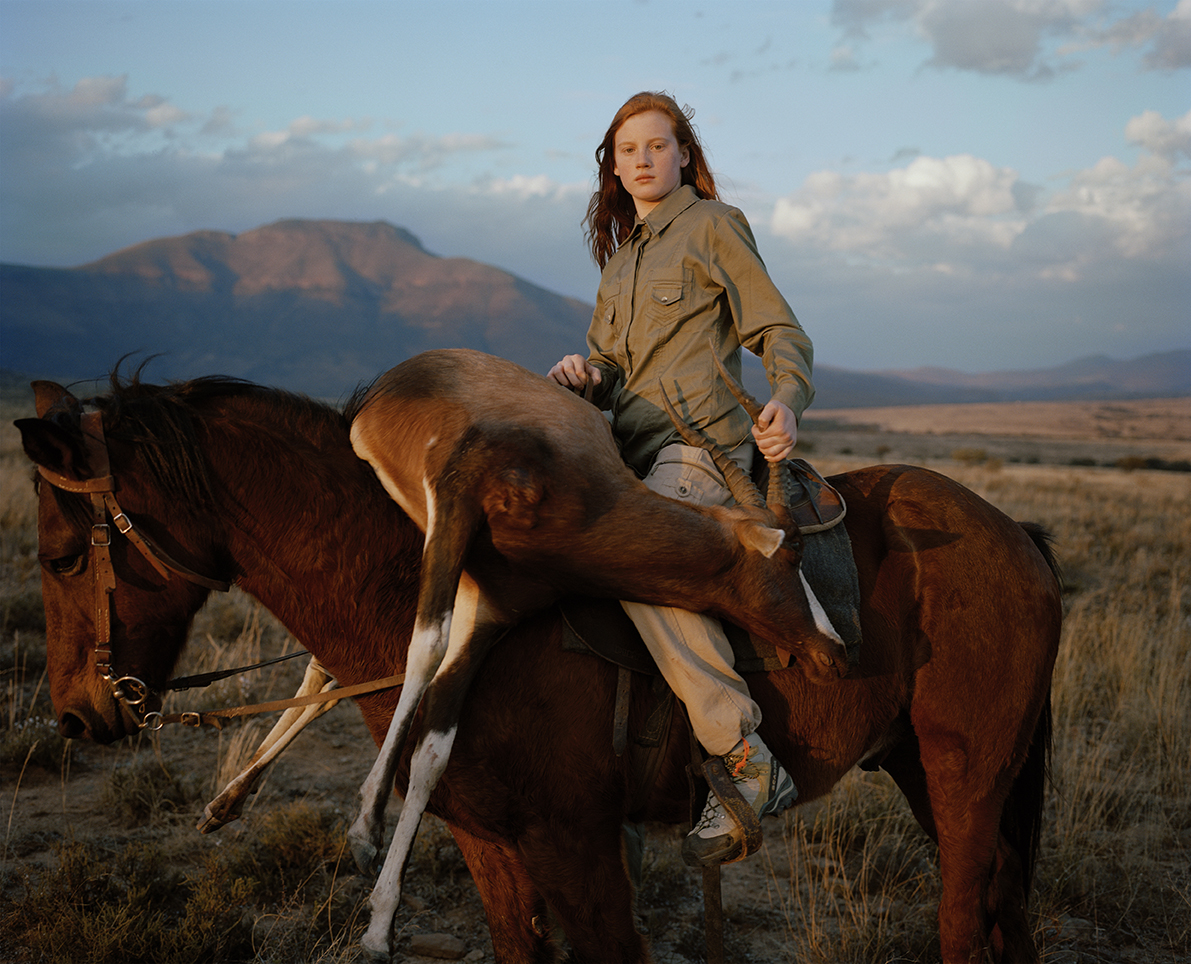
► ► ► Cet article fait partie du OAI13 Séries #2 : Trois histoires de chasse
Hunters une série de David Chancellor
Texte par David Chancellor (texte traduit de l’anglais)
Images : © David Chancellor, Courtesy of the artist and kiosk
FR – Au début du XXe siècle, les safaris en Afrique de l’Est sont devenus une activité particulièrement à la mode dans les classes sociales privilégiées, notamment en Grande Bretagne et aux États-Unis.
La mise en place d’une ligne ferroviaire en Ouganda en 1901 a permis une accessibilité facilitée dans les anciennes colonies anglaises, aujourd’hui le Kenya. Les grands gibiers tels que les éléphants, les lions, les buffles, les rhinocéros, vivaient en nombre. Le chasseur blanc était au service de ses clients fortunés en leur servant de guide, de professeur et de protecteur.
C’est au au Kenya, au début des années 1900, que l’industrie du trophée de chasse a commencé. Les riches Européens et Américains payaient des colons agriculteurs afin d’être guidé dans des zones de chasse lors de safaris. Le tourisme de chasse s’est ensuite développé dans d’autres pays du continent africain.
Aujourd’hui, l’Afrique du Sud a le marché le plus développé en matière de safaris et de chasse, suivi du Zimbabwe, de la Namibie, puis la Zambie, le Mozambique et le Swaziland. L’industrie de la chasse a particulièrement pris de l’ampleur en Afrique du Sud ces dernières années à cause de l’augmentation de l’élevage de gibiers aux dépens de l’agriculture d’élevage, qui a été largement touchée par la sécheresse et la récession.
La série Hunters étudie la relation complexe entre l’homme et l’animal, le chasseur et le chassé. L’un et l’autre se battent pour s’adapter à leur environnement changeant.
EN – At the turn of the century, East African hunting safaris became a fashionable pursuit among members of the privileged classes, particularly in Britain and the United States. The completion of the Uganda Railway in 1901 provided easier access to the interior highlands of British East Africa (now Kenya), where large game, especially elephants, lions, buffalo and rhinoceros, was plentiful. The white hunter served these paying customers as guide, teacher, and protector.
It was in Kenya in the early 20th century that the tourist trophy hunting industry proper started, with wealthy European and American visitors paying settler farmers to guide them on hunting safaris in the area. Similar tourist hunting industries soon developed elsewhere in Africa.
South Africa currently has the largest hunting industry. There are also well-developed hunting industries in Zimbabwe, and Namibia, and to a lesser extent Zambia, Mozambique and Swaziland. The southern African hunting industry has grown in recent years due partly to a major increase in game ranching at the expense of traditional livestock farming, which has been particularly hard hit by both drought and recession.
Hunters explores the complex relationship that exists between man and animal, the hunter and the hunted as both struggle to adapt to our changing environments.

